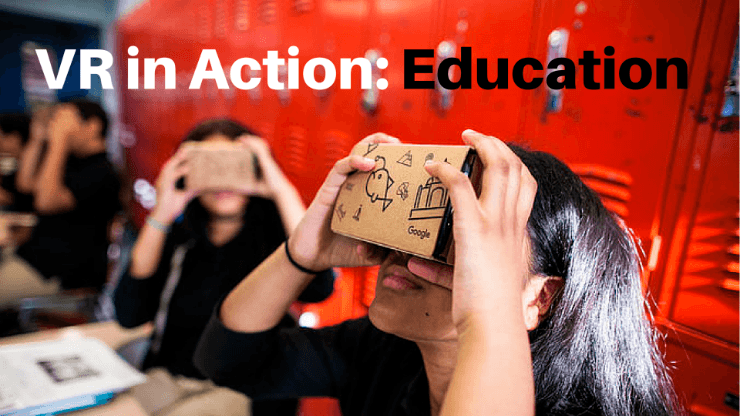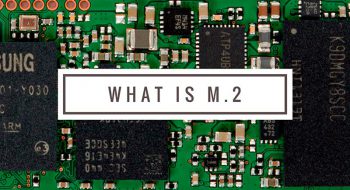2016 is set to be a very exciting year for the virtual reality industry and for the consumers who are waiting anxiously for new VR developments to come available. Nearly $1.5 billion dollars were invested into the virtual reality industry since 2012, and with over $400 million dollars invested in 2015 alone, companies on the cutting edge of VR technology are receiving massive amounts of capital to use on finding new and ground-breaking applications for this rapidly developing technology. Much of the buzz associated with virtual reality is centered on gaming, however there are several other commercial and consumer applications to get excited about: from military and medical technology to film, companies are pioneering new ways to take advantage of the benefits of this amazing new tech. Over the next month we will be keeping you up to date on the state of virtual reality in our blog series, VR in Action.
VR in Action: Education
In the last few years tremendous developments have been made in the field of information technology. Advancements in programming techniques and the development of new technology has culminated in the development of real, viable virtual reality. One surprising area that VR is making incredible advances in is education.
Google has recently launched a program called the Expeditions Pioneering program, which allows teachers to take their students on a virtual field trips. Through the use of Google Cardboard, several android phones, and a tablet, teachers can take their students on a guided tour to a coral reef or the Great Wall of China in a fully immersive and interactive virtual environment. This is exciting for both teachers and students because it not only allows for the use new technology, but allows teachers to take their students to places that they would never be able to go otherwise.
With this amazing new technology students can now learn about historical events from actually witnessing them first hand. Rather than reading in a textbook or listening in a lecture, students can learn about ancient cultures by standing at the foot of a Mayan pyramid and receiving an interactive lesson in a much more engaging environment.
Google also provides this service at no cost. Schools from all over the world can sign up online, and if selected, Google will bring a team to train the teachers and supply all of the equipment needed for a virtual reality lesson.
While Google Cardboard is an inexpensive way to incorporate VR into a classroom, devices like the Oculus Rift allow for a much richer virtual reality experience. Already, programs are being implemented at universities all over the country that use the oculus hardware to gain a more hands on and experiential learning environment. Today, Architecture students are able to do walk throughs of buildings that they design by “constructing” them in VR programs. Students can learn human biology by virtually disassembling a model to learn how organ systems interact, or walk through the ventricle of a heart in order see how it functions.
Simulations like these are the reason that VR is expected to cause such a dynamic shift in the way we educate. Whether this technology is used in middle schools or in doctoral programs, the immersion into the content that VR provides creates a huge impact on the learner.
While we are still in the early stages of VR development and technology, the concept of virtual reality is no longer something to dream about for the future. Early adopters are already taking advantage of this emerging technology and programmers are developing new software for the existing platforms every day. As VR headsets are becoming less expensive and more accessible, expect to see this technology change the face of modern classrooms in the coming years.







No comments yet